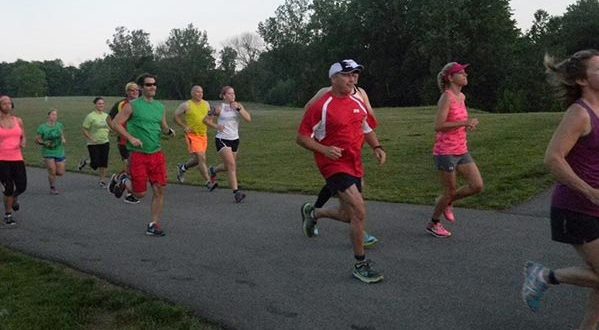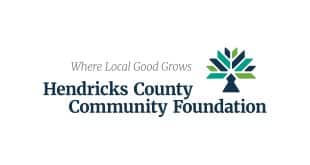Princeton, N.J. and Madison, Wis., March 19, 2019—Hamilton County ranks healthiest in Indiana and Fayette County is the least healthy county in the state, according to the annual County Health Rankings, released today by the Robert Wood Johnson Foundation (RWJF) and the University of Wisconsin Population Health Institute (UWPHI). The Rankings are available at www.countyhealthrankings.org.
An easy-to-use snapshot that compares counties within states, the Rankings show that where you live influences how well and how long you live. Housing is part of the foundation for living long and well. High housing costs can force some families to live in unsafe or overcrowded housing or even into homelessness. This year’s Rankings State Reports show stark differences across and within counties in the opportunity to afford a home, especially for those with low incomes and people of color. This year’s analyses show that a lack of opportunity for a safe, secure, and affordable home is tied to poor health.
The Rankings State Reports call attention to key drivers in health such as severe housing cost burden and its connection to other factors like children in poverty. Among Indiana’s children living in poverty, 49 percent were living in a household that spends more than half of its income on housing. High housing costs make it difficult for families to afford other essentials that contribute to good health, such as healthy food, medicine, or transportation to work or school. Looking at differences by place and race offers a more complete picture of health. In Indiana, 12 percent of households spend more than half of their income on housing costs but when we look by race—even deeper differences emerge with households headed by Black residents most burdened by severe housing costs at 24 percent compared to White resident households at 10 percent. County by county, severe housing cost burden ranges from 4 percent to 20 percent of households.
According to the 2019 Rankings, the five healthiest counties in Indiana, starting with the most healthy, are Hamilton County, followed by Hendricks County, Warren County, Boone County, and Hancock County. The five counties in the poorest health, starting with the least healthy, are Fayette County, Scott County, Grant County, Jennings County, and Wayne County.
“Our homes are inextricably tied to our health,” said Richard Besser, MD, RWJF president and CEO. “It’s unacceptable that so many individuals and families face barriers to health because of what they have to spend on housing. This leaves them with fewer dollars to keep their families healthy. Imagine the stress and pain that come with unplanned moves. We are all healthier and stronger together when everyone has access to safe and affordable housing, regardless of the color of their skin or how much money they make.”
In addition to the county-level data, the Rankings also features What Works for Health, a database of more than 400 evidence-informed strategies to support local changemakers as they take steps toward expanding opportunities. Each strategy is rated for its evidence of effectiveness and likely impact on health disparities. The Take Action Center also provides valuable guidance for communities who want to move with data to action.
“All communities have the potential to be places where everyone enjoys full and equal opportunity. But the data show that’s not happening in most communities yet. Children of color face a greater likelihood of growing up in poverty, and low-income families struggle to pay rent and get enough to eat,” said Sheri Johnson, PhD, acting director of County Health Rankings & Roadmaps. “It is time to do the difficult work of coming together to undo policies and practices that create barriers to opportunity. The Rankings can help communities ground these important conversations in data, evidence, guidance, and stories about challenges and success.”
About the Robert Wood Johnson Foundation
For more than 45 years the Robert Wood Johnson Foundation has worked to improve health and health care. We are working alongside others to build a national Culture of Health that provides everyone in America a fair and just opportunity for health and well-being. For more information, visit www.rwjf.org. Follow the Foundation on Twitter at www.rwjf.org/twitter or on Facebook at www.rwjf.org/facebook.
About the University of
Wisconsin Population Health Institute
The University of Wisconsin Population Health Institute
advances health and well-being for all by developing and evaluating
interventions and promoting evidence-based approaches to policy and practice at
the local, state, and national levels. The Institute works across the
full spectrum of factors that contribute to health. A focal point for health
and health care dialogue within the University of Wisconsin-Madison and beyond,
and a convener of stakeholders, the Institute promotes an exchange of expertise
between those in academia and those in the policy and practice arena. The
Institute leads the work on the County Health Rankings & Roadmaps and the
RWJF Culture of Health Prize. For more information, visit http://uwphi.pophealth.wisc.edu.






